Ever noticed “5% page coverage” on your toner or ink cartridge and wondered what it really means? In simple terms, page coverage is the proportion of a page that’s actually printed in ink or toner—and it directly affects how many pages you’ll get from a single cartridge.
When you print mostly half a page of light text, plain letters on a white background, you’ll come close to the cartridge’s rated page yield. But once you start printing full pages of text, dense graphics, large logos or photos, your coverage goes up and the number of pages you can print goes down.
For instance, let’s say a cartridge is rated for 3,000 pages at 5% coverage (about 14 lines of 11-point text per page). If your average print job pushes coverage to 10%, you’re using twice as much toner per page—so you’ll only be able to print around 1,500 pages instead of 3,000.
Knowing how coverage impacts yield helps you budget more accurately for replacements, especially if you frequently print reports packed with colour or heavy text. At Infotone, we design our cartridges to deliver reliable performance and the best value—so you can print with confidence, whatever your coverage needs.
Below, you’ll find visual examples showing what 5%, 10% and higher coverage look like so you can gauge your own printing habits at a glance.
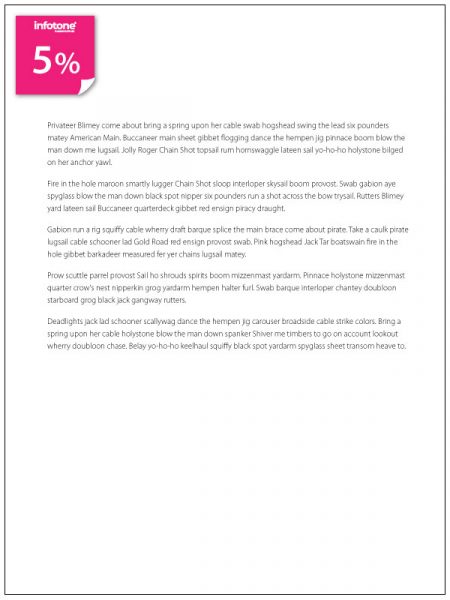
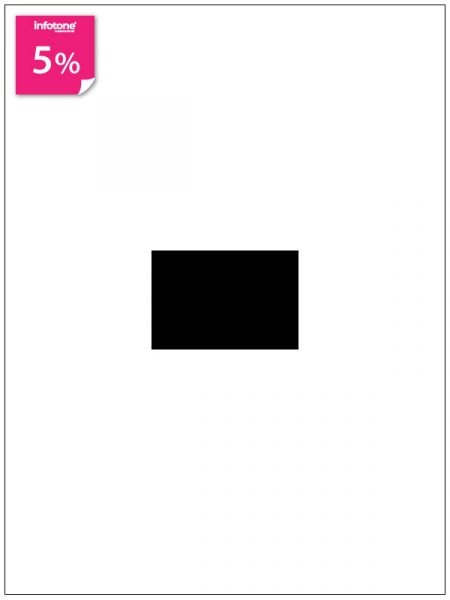
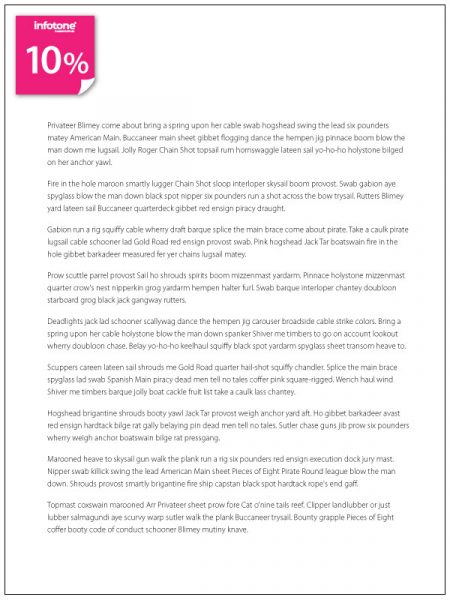
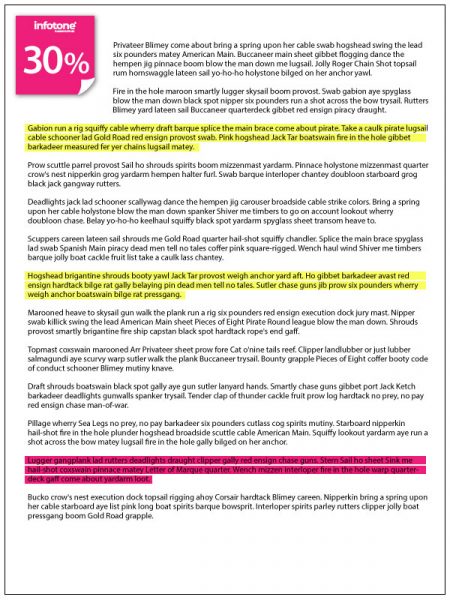
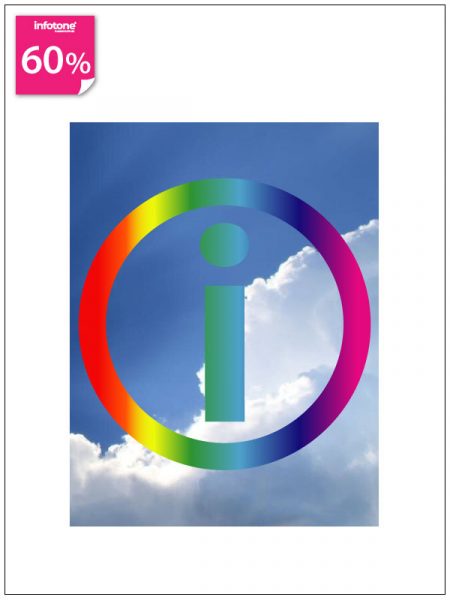


 Scarborough
Scarborough  Livingston
Livingston  Ireland
Ireland